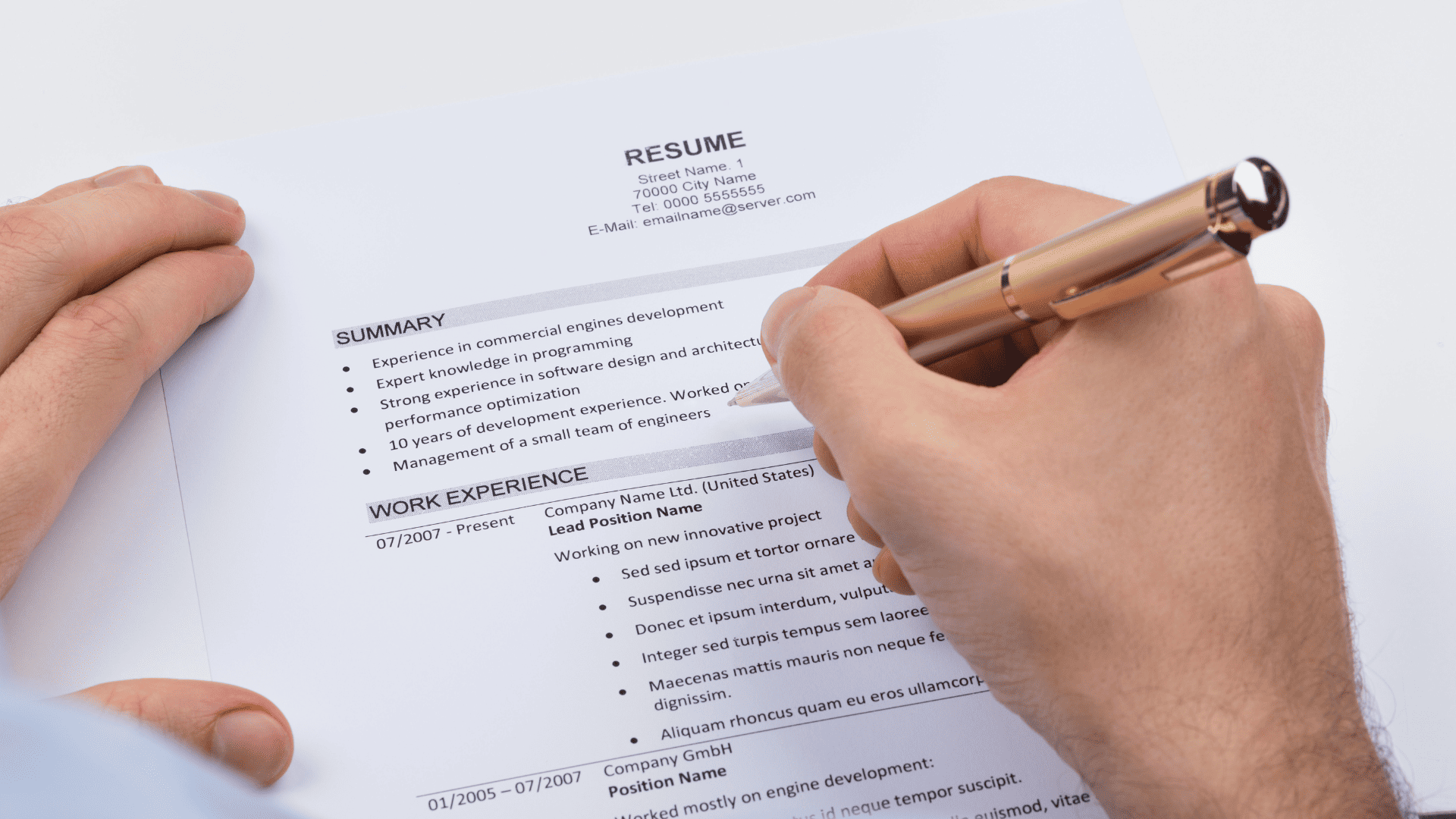The Amazon earnings report for Q1 2025, released on May 1, brings to light a bold commitment to its workforce amid a strong financial performance and impending economic uncertainties. With Amazon stock rising to 4.6% in after-hours trading following a robust $155.7 billion revenue haul and $1.59 earnings per share, the e-tail giant has solidified its position on the throne. And yet, the Amazon earnings call also highlights a prudent Q2 guidance, citing tariff risks and trade policy shifts. For HR leaders around the globe, the standout story lies in Amazon’s $2.2 billion investment in employee wage. This move positions Amazon as a leader in retail and logistics compensation amid a fiercely competitive labor market.
Amazon Q1 2025 pay raise, a bold move in the earnings report
Amazon’s 2025 pay raise will target U.S. fulfillment and transportation workers. This move has increased average base pay to over $22 per hour and total compensation, including benefits, to over $29 per hour.

“Amazon’s $2.2 billion wage investment, revealed in the Q1 2025 earnings report, is a game-changer for HR strategy, signaling a proactive approach to retention and employer branding in a volatile labor market.” — Dr. Sarah Mitchell, senior HR analyst told The HR Digest.
The move was detailed in Amazon’s earnings call, and affects hundreds of thousands of frontline workers who are the pillar of the giant’s vast logistics network. In a tight labor market where retail and warehouse roles face high turnover, Amazon’s unique move clearly shows a strategic pivot. By increasing wages, Amazon aims to reduce attrition, enhance employee satisfaction, and maintain operational continuity amid rising demand.
The Amazon earnings report also shows the scale of this commitment. Despite projecting Q2 operating income of $13-17.5 billion, way below the $17.8 billion analyst consensus due to tariff tensions. Amazon has prioritized workforce investment in a bid to recognize and reward frontline workers as the giant’s North America revenue grew 8% year-over-year.
For HR professionals, the lessons are clear. A proactive compensation strategy can serve as a bulwark against employee turnover, especially in high-pressure, high-demand roles.
Competitive pressures and cost-of-living realities
Amazon’s wage hike is not merely altruistic. It’s a calculated response to a tightening labor market and escalating cost-of-living pressures. With inflation eroding real wages, U.S. consumer prices rose 3.2% in 2024, according the Bureau of Labor Statistics, employees are demanding higher pay to stay afloat. Competitors like Walmart, which raised entry-level wages to $16 per hour in 2025, are also vying for the same talent pool. Amazon’s higher benchmark sets a new standard, pressuring rivals to follow suit or risk losing workers.
Amazon’s Q1 2025 results highlight the company’s confidence in its operational model to absorb these costs. AWS, despite a third consecutive quarter of revenue misses, grew 17%, signaling resilience in Amazon’s diversified portfolio. By investing in wages, Amazon strengthens its employer brand, appealing to workers who value not just pay but also benefits like healthcare, extended to seasonal hires. This approach aligns with public sentiment on platforms like X, where users praise Amazon’s compensation but demand broader improvements in worker treatment.
Lessons on workforce strategy from Amazon’s earnings call
For HR leaders, Amazon’s strategy offers a masterclass in aligning workforce investment with business imperatives. Amazon Q1 2025 earnings reveal a company doubling down on its people to drive long-term stability, even as tariffs loom. HR professionals can draw inspiration from this when crafting compensation packages that address economic realities while reinforcing organizational loyalty. Yet the challenge lies in sustaining these investments if trade policies increase costs, potentially squeezing margins.
Amazon’s proactive stance also underscores the power of employer branding. By positioning itself as a pay leader, the company attracts talent and shapes industry standards. HR teams must similarly leverage data, such as turnover rates or employee satisfaction scores, to justify wage increases to stakeholders. As Amazon’s Q1 2025 performance shows, investing in people is not just an HR priority; it’s a business strategy for resilience in uncertain times.
FAQs
What did Amazon’s Q1 2025 earnings report reveal about workforce investment?
The Amazon earnings report highlighted a $2.2 billion investment in wage increases for U.S. fulfillment and transportation workers, raising average base pay to over $22 per hour and total compensation to over $29 per hour.
How does Amazon’s pay raise impact its position in the labor market?
The wage hike positions Amazon as a leader in retail and logistics compensation, outpacing competitors like Walmart and reducing turnover in a competitive labor market, as discussed in the Amazon earnings call.
Why is Amazon investing in wages despite tariff uncertainties?
Despite cautious Q2 guidance in Amazon’s Q1 2025 results, Amazon’s investment reflects a strategic focus on retaining frontline workers to ensure operational stability and enhance employer branding.
What can HR leaders learn from Amazon’s approach in Q1 2025?
HR professionals can adopt proactive compensation strategies to boost retention and resilience, using Amazon’s earnings as a model for aligning workforce investment with business goals.
Stay ahead of the curve with the latest HR news on workforce strategies and industry trends. Subscribe to HR Digest for exclusive insights, expert interviews, and actionable HR strategies delivered straight to your inbox.









